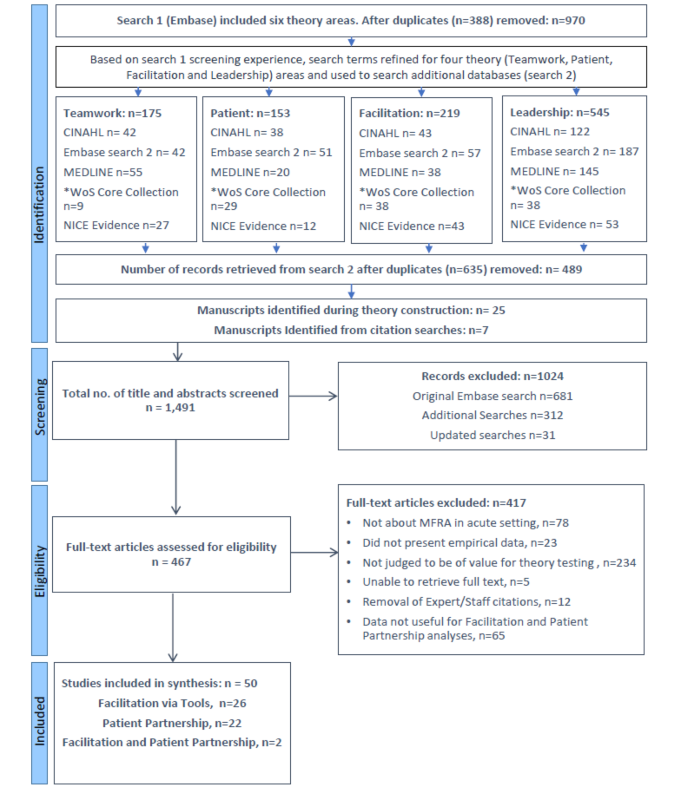The Only Guide for Dementia Fall Risk
Table of Contents3 Simple Techniques For Dementia Fall RiskThe Facts About Dementia Fall Risk Uncovered10 Easy Facts About Dementia Fall Risk DescribedRumored Buzz on Dementia Fall RiskAll about Dementia Fall Risk
In the neighborhood, insufficient road lights or unsafe creeks and land fills may also cause accidents. Falls Risk Evaluation Tool (FRAT) is a 4-item falls-risk screening tool for sub-acute and domestic care. The FRAT has three sections: drop threat standing, threat variable list, and activity plan. An Autumn Risk Status includes data about background of current falls, medicines, mental and cognitive status of the client.If the patient scores on a risk factor, the matching number of points are counted to the patient's loss threat rating in the box to the far. If an individual's autumn danger score completes five or higher, the individual goes to high risk for drops. If the individual scores just four factors or lower, they are still at some threat of falling, and the registered nurse ought to utilize their best professional evaluation to manage all loss risk variables as part of an all natural care strategy.
These standard techniques, in general, assist establish a risk-free atmosphere that minimizes unintended falls and defines core preventive steps for all people. Indicators are vital for patients at risk for falls.
Indicators on Dementia Fall Risk You Should Know
Wristbands must include the individual's last and very first name, day of birth, and NHS number in the UK. Only red shade must be made use of to signal unique client standing.
Items that are also far might require the individual to reach out or ambulate needlessly and can potentially be a danger or add to falls. Aids stop the person from going out of bed with no support. Nurses reply to fallers' call lights extra quickly than they do to lights started by non-fallers.
Aesthetic disability can greatly trigger drops. Hip pads, when worn effectively, may minimize a hip crack when fall occurs. Maintaining the beds closer to the flooring reduces the danger of drops and serious injury. Placing the bed mattress on the flooring considerably minimizes loss risk in some health care setups. Reduced beds are made to lessen the distance a patient falls after moving out of bed.
Facts About Dementia Fall Risk Revealed
Clients who are high and with weak leg muscular tissues who attempt to rest on the bed from a standing setting are likely to drop onto the bed because it's too reduced for them to reduce themselves safely. If a high client efforts to obtain up from a low bed without aid, the individual is likely to drop back down onto the bed or miss out on the bed and fall onto the flooring.
They're created to promote prompt rescue, not my sources to avoid check these guys out falls from bed. Distinct alarms can additionally remind the patient not to obtain up alone. Making use of alarm systems can likewise be an alternative to physical restrictions. Besides bed alarm systems, enhanced guidance for high-risk people likewise might assist prevent drops.

Individuals with an evasion gait boost loss chances considerably. To reduce autumn threat, shoes ought to be with a little to no heel, slim soles with slip-resistant step, and support the ankles.
Little Known Facts About Dementia Fall Risk.
In a research study, homes with sufficient lighting record less falls (Ramulu et al., 2021). Improvement in lights at home might decrease fall prices in older adults.

Caretakers work for guaranteeing a safe and secure, secured, and safe setting. Research studies showed very low-certainty proof that sitters minimize loss danger in intense care health centers and only moderate-certainty that choices like video tracking can lower caretaker use without boosting loss risk, recommending that caretakers are not as helpful as at first thought (Greely et al., 2020).
An Unbiased View of Dementia Fall Risk

Raised physical conditioning decreases the danger for drops and restricts injury that is sustained when fall transpires. Land and water-based workout programs might be in a similar way helpful on balance and stride and thus minimize the threat for falls. Water exercise might contribute a positive benefit on balance and gait for ladies 65 years and older.
Chair Increase Workout is a simple sit-to-stand exercise that helps strengthen the muscles in the thighs and buttocks and improves movement and self-reliance. The objective is to do Chair Increase exercises without utilizing hands as the client ends up being stronger. See resources section for a comprehensive instruction on how to carry out Chair Rise exercise.